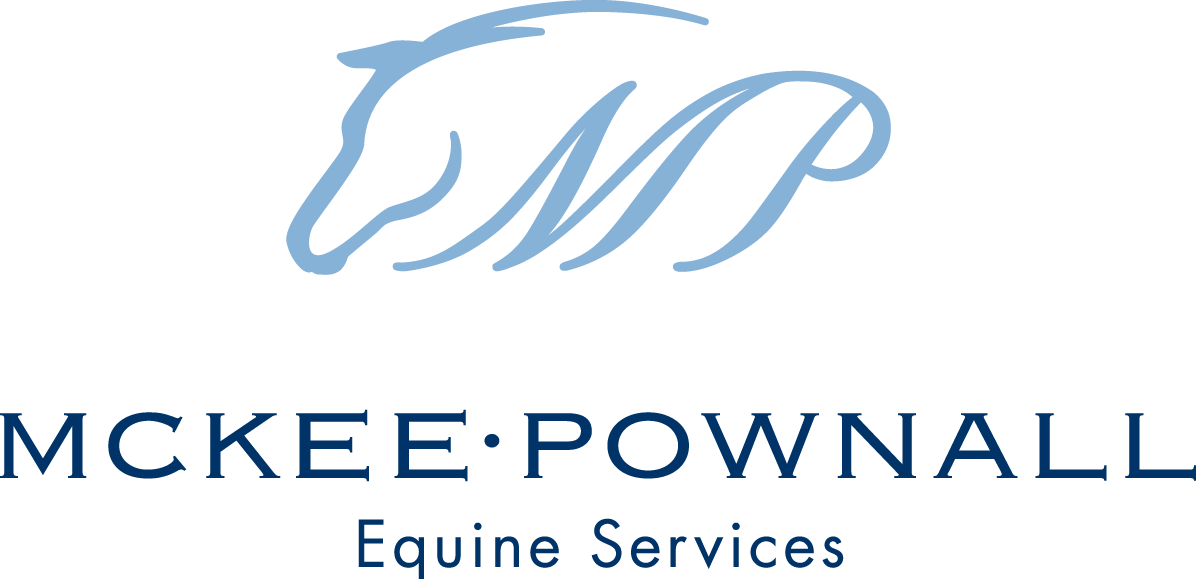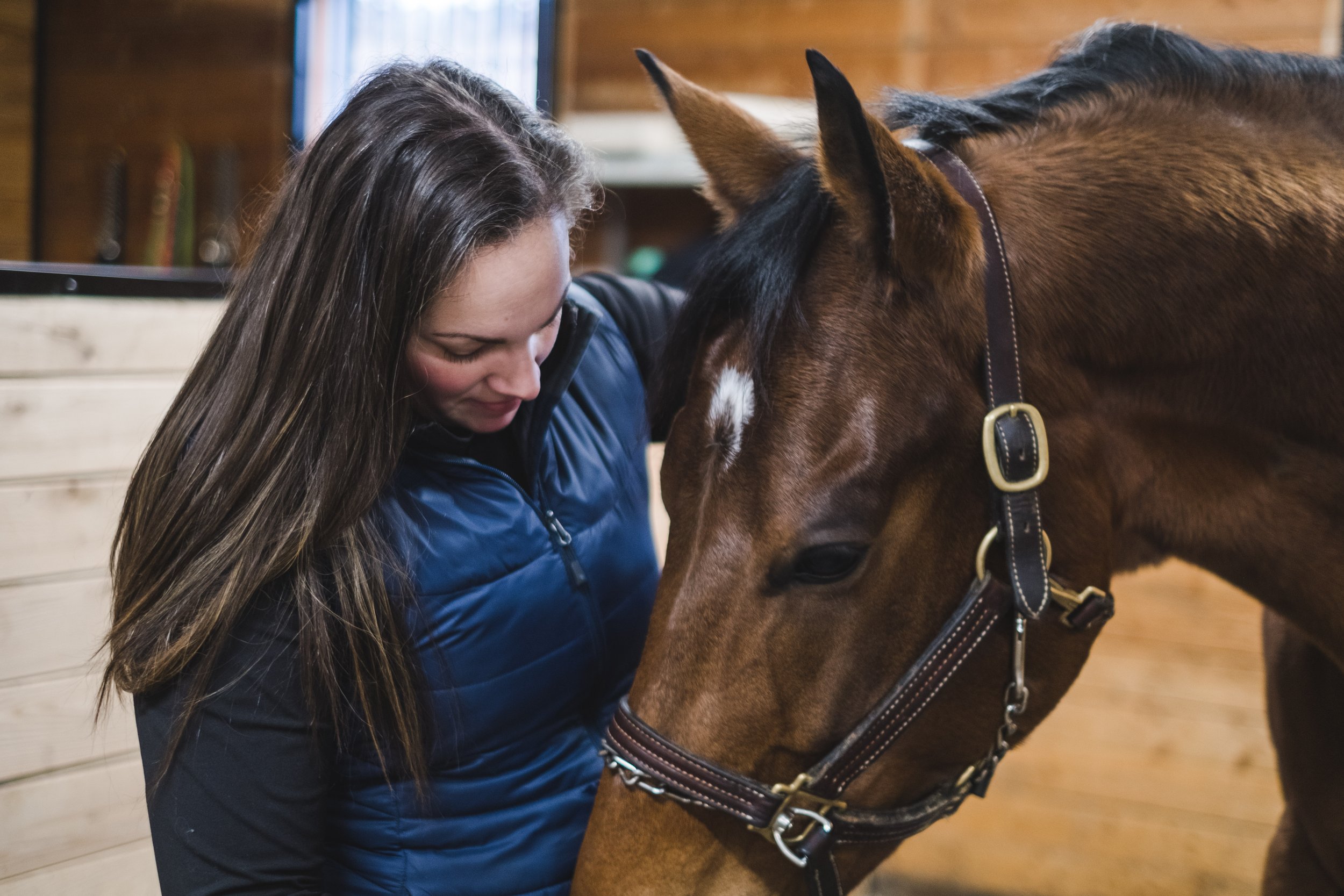As an individual horse owner, what biosecurity measures can I use to protect my horse on a day to day basis?
Q - As an individual horse owner how can I protect my horse on a day to day basis?
A – Your horse’s risk for disease depends on a number of factors including his exposure to other horses, his age and his immune system. Horses stabled in small herds with no horse turnover and no horses frequenting shows are a lot less likely to become ill with an infectious disease than their counterparts. The reality is that most horses live in large groups with high turnover and exposure to travel. An up to date vaccination program is essential and should include protection against influenza and rhinopneumonitis +/- strangles. Stay on top of your horse’s general health as many medical issues can impair the immune system. Be aware that very young horses have naive immune system while older horses can develop Cushings disease and the associated immune system suppression. In both cases they will be more susceptible to disease. If sharing equipment between horses be sure to wash saddle pads and disinfect bits.
Q – As a barn owner how can I protect the horses in my barn when new horses arrive?
A – New arrivals should provide proof of current Flu/Rhino vaccination. Whether or not you require strangles vaccination depends on your vaccination protocol for the rest of the barn. Ideally the new horse would be isolated from the others for 2 weeks after arrival so they can be monitored for clinical signs of infectious disease. Perfect isolation includes physical separation (in the stall and paddock) as well as having staff members handle the new horse after all others have been handled. Many barns do not have the staff or facilities for this and have to settle for separate turnout to prevent close contact.
Q -How can I minimize the spread of disease through the barn when I have an individual who becomes ill?
A – Prompt recognition and veterinary attention for sick horses is critical. Once a contagious, infectious disease is suspected the strictest possible isolation protocol should be established. The barn should be divided into ill, exposed and non-exposed groups. Ill horses should be handled after all others have been cared for. Boot washing stations should be placed outside stalls and barns and foot traffic should be limited to essential care staff. All non-affected horses should be monitored closely for clinical signs. Checking temperatures on all horses once or twice daily is a good method of early detection. People frequenting the barn should not visit other barns without showering and changing their clothing.
Q - What can I do to protect my horse while we are at a horse show?
A – Horses traveling to shows should be up to date on their vaccinations but try to avoid vaccinating within 2 weeks before the travel. If you are stabling on site it is always a good idea to spray stalls walls with a disinfectant before moving your horse in. Whether stabling or just shipping in for the day avoid close nose to nose contact between horses and do not share water buckets with horses from other barns. Be mindful that members of the public wanting to pet your horse or feed him treats have probably done to same to many others without washing their hands. People and inanimate objects are very efficient at transmitting disease.

